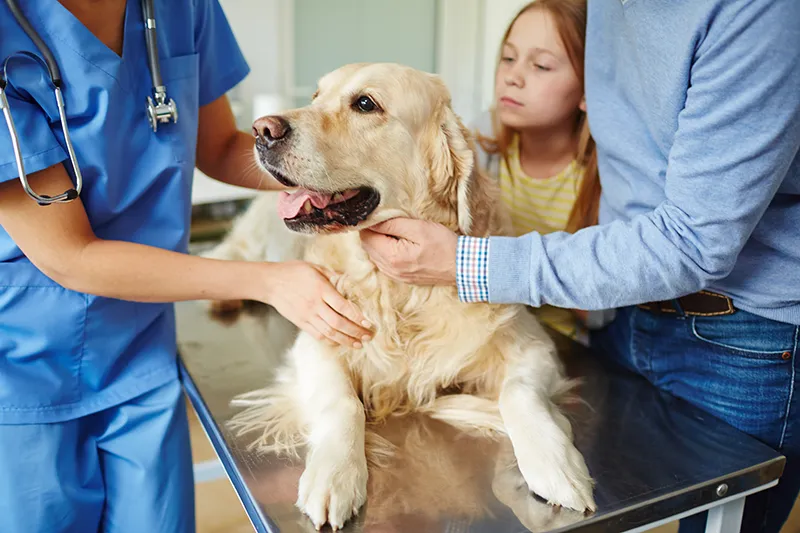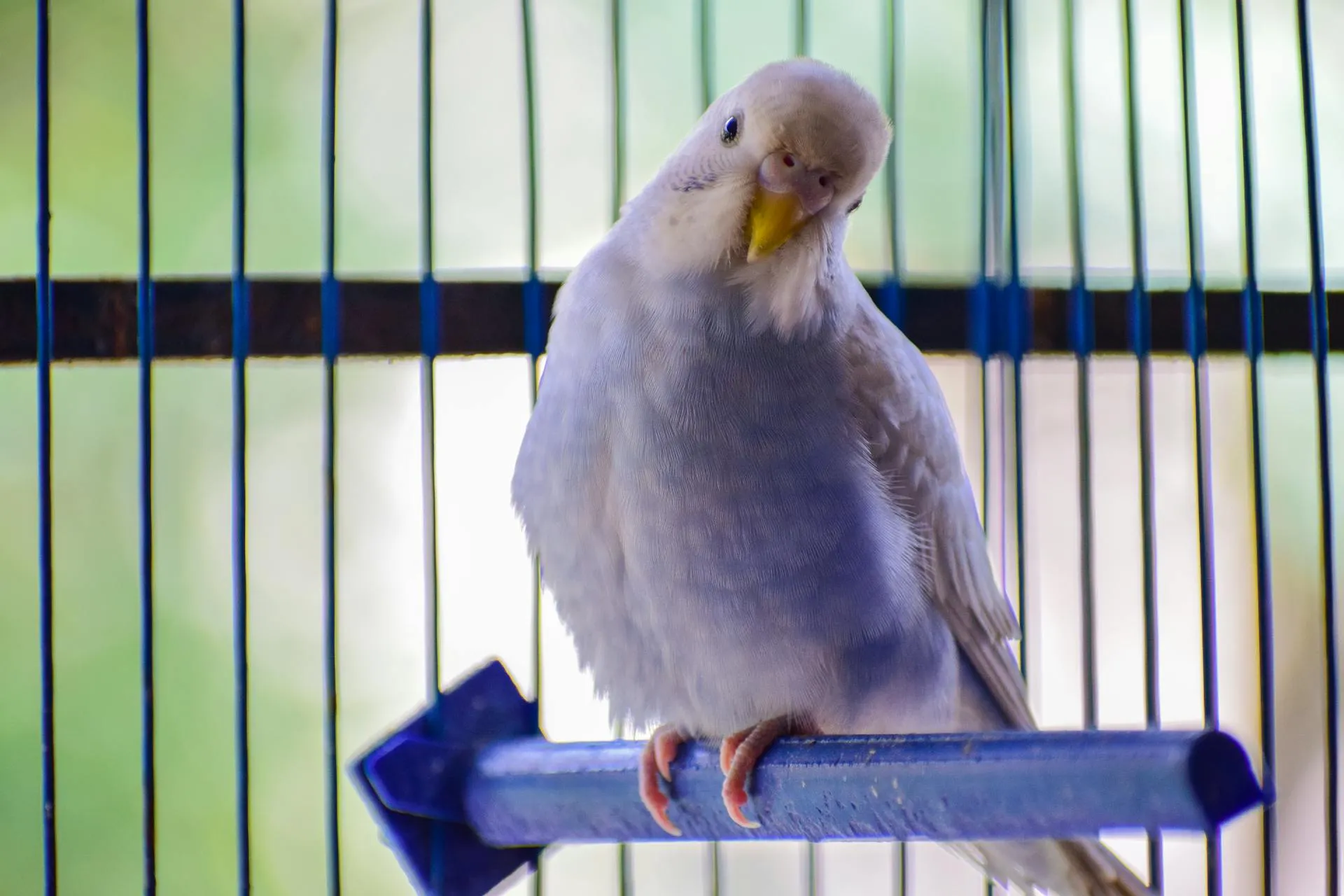Maintaining Fido’s oral health is one of the most important aspects of his overall care. While many pet owners focus on their dog’s diet, exercise, and grooming, oral hygiene often goes overlooked. Just like humans, dogs are susceptible to dental disease if their teeth and gums aren’t cared for properly. At Galena Animal Medical Clinic, your Galena, MD, animal hospital, we understand that dental health plays a vital role in your canine companion’s quality of life. From bad breath to severe gum disease, poor oral hygiene can lead to more serious health concerns. That’s why it’s crucial to integrate regular dental care into your dog’s routine.
In this blog, we’ll explore the significance of maintaining your dog’s oral health, how to prevent dental disease, and essential tips for healthy teeth and gums. With these practices, your canine pal can enjoy a lifetime of those adorably goofy doggy smiles, and so can you!
Why Oral Health Matters for Your Dog
Fido’s oral health is closely linked to his overall health. When plaque and tartar build up on your canine companion’s teeth, it doesn’t just affect their mouth. It can lead to serious systemic problems like heart disease, kidney disease, and liver issues. Bacteria that accumulates in the mouth can travel through the bloodstream, affecting major organs. That’s why oral care should be a priority for every dog owner.
The most common dental issue in dogs is periodontal disease, which is an infection of the tissues surrounding the teeth. Periodontal disease starts with a buildup of plaque on the teeth and gums, which eventually hardens into tartar. If left untreated, it leads to inflammation of the gums (gingivitis), and eventually, tooth loss. In severe cases, untreated periodontal disease can result in systemic infections that are harder to treat.
Tips for Maintaining Your Dog’s Oral Health
1. Brush Your Dog’s Teeth Regularly
One of the most effective ways to prevent dental disease in dogs is by brushing their teeth regularly. Just like humans, dogs benefit from daily brushing to remove plaque and prevent the buildup of tartar. Use a soft-bristled toothbrush and toothpaste designed specifically for dogs, as human toothpaste is not safe for pets. Brushing 2-3 times a week is a good starting point, but ideally, brushing every day will provide the best results.
To make the experience positive, start slowly by introducing your dog to the toothbrush and toothpaste. Let them taste the toothpaste and get used to the sensation of the toothbrush before attempting a full brushing session.
2. Provide Dental Chews and Toys
While regular brushing is essential, it can sometimes be difficult to brush your canine companion’s teeth every day. Dental chews and toys are a great supplement to brushing. These products help reduce plaque buildup and freshen your dog’s breath. Look for chews that have been approved by the Veterinary Oral Health Council (VOHC), as these are tested for their effectiveness in reducing dental disease.
Chewing also provides mental stimulation and satisfies your dog’s natural instinct to gnaw. It also stimulates saliva flow and keeps Fido’s jaws strong. Just be sure to choose safe, durable toys designed for your dog’s size and chewing strength to prevent any accidents.
3. Feed Your Dog a Healthy Diet
What your canine companion eats has a significant impact on his oral health. High-quality dog food that’s rich in nutrients can help keep your pooch’s teeth and gums healthy. Some dog foods are specifically formulated to help reduce plaque and tartar buildup. These foods are often crunchy, which helps clean the teeth as your dog chews.
In addition to their regular meals, you can occasionally offer your dog healthy, crunchy snacks like raw carrots, which can help naturally clean their teeth. Just be sure to avoid giving your pooch sugary or starchy treats, as these can contribute to dental issues over time.
4. Regular Veterinary Dental Checkups
Dental checkups are just as important for dogs as they are for humans. Your dog’s teeth should be examined by a veterinarian at least once a year. During these exams, the vet will look for signs of dental disease, such as tartar buildup, gum recession, and tooth decay. They may also perform a professional cleaning under anesthesia to remove any plaque and tartar that can’t be removed by brushing alone.
While professional cleanings are important, your vet can also offer advice on how to maintain your dog’s oral health at home. If your dog is prone to dental disease, they may recommend more frequent cleanings to prevent further complications.
5. Watch for Signs of Dental Disease
Being proactive about your dog’s dental health means recognizing the signs of potential dental problems early on. Common symptoms of dental disease include:
- Bad breath (often described as “doggy breath”)
- Red, swollen, or bleeding gums
- Difficulty eating or chewing
- Excessive drooling
- Loose or missing teeth
If you notice any of these signs, it’s important to schedule a veterinary appointment as soon as possible. Early detection and treatment can help prevent further damage and more serious health issues down the line.
Of course, Fido’s beauty care regime shouldn’t just include his teeth. You’ll need to take good care of his coat and nails. Pups with allergies may need special care in this area. Click here for our earlier blog post on handling and managing allergies in dogs.
Preventing Dog Dental Disease
Prevention is the key to ensuring your pooch has healthy teeth throughout their life. Regular brushing, dental chews, a nutritious diet, and routine veterinary checkups are all essential for maintaining oral health. In addition to these practices, always keep an eye on your dog’s dental hygiene and schedule professional cleanings when necessary.
Dental disease is one of the most common health problems seen in pets, but it’s also one of the most preventable. By following the tips shared in this blog, you can help keep your dog’s teeth healthy and their breath fresh for years to come.
Want to learn more? Cornell University College Of Veterinary Medicine has an in-depth article on canine dental issues here. PetMD has a helpful article on the importance of doggy dental care here and one on kitty dental issues here.
Frequently Asked Questions
1. How often should I brush my dog’s teeth?
It’s best to brush your dog’s teeth at least 2-3 times a week. However, daily brushing provides the best results for preventing dental disease.
2. Can I use human toothpaste on my dog?
No, human toothpaste contains fluoride, which is toxic to dogs. Always use a dog-safe toothpaste that’s specifically formulated for pets.
3. Are dental chews enough to maintain my dog’s oral health?
Dental chews can help supplement brushing but should not replace it. Regular brushing is the most effective way to remove plaque and tartar buildup.
4. What are the signs that my dog may have dental disease?
Signs of dental disease in dogs include bad breath, swollen or bleeding gums, difficulty eating, and excessive drooling. If you notice any of these symptoms, contact your vet immediately.
5. How often should my dog have a professional dental cleaning?
Most dogs should have a professional cleaning once a year, although some may need it more frequently based on their age, breed, and dental health.
Schedule An Appointment At Our Galena, MD Vet Clinic
At Galena Animal Medical Clinic, your Galena, MD, animal hospital, we care about your pooch’s oral health and overall well-being. Schedule a dental checkup today to ensure your dog’s teeth and gums remain healthy for years to come. Regular exams and cleanings are key to preventing dental disease and keeping your dog happy.
Are you looking for a great veterinary clinic in Galena, MD? You can try searching for a “vet near me,” or simply give us a call to schedule your dog’s dental exam today!
Click here to visit our Service page and find out more about our clinic and the animals we treat. You can also go here to learn more about our Critical Care services, or go here to learn more about our Exotic Pet care offerings.
This blog is meant to be informational only. Always consult with your veterinarian for the right medical advice, diagnosis, or treatment plan for your pet and follow their advice.







!Social Media Icons